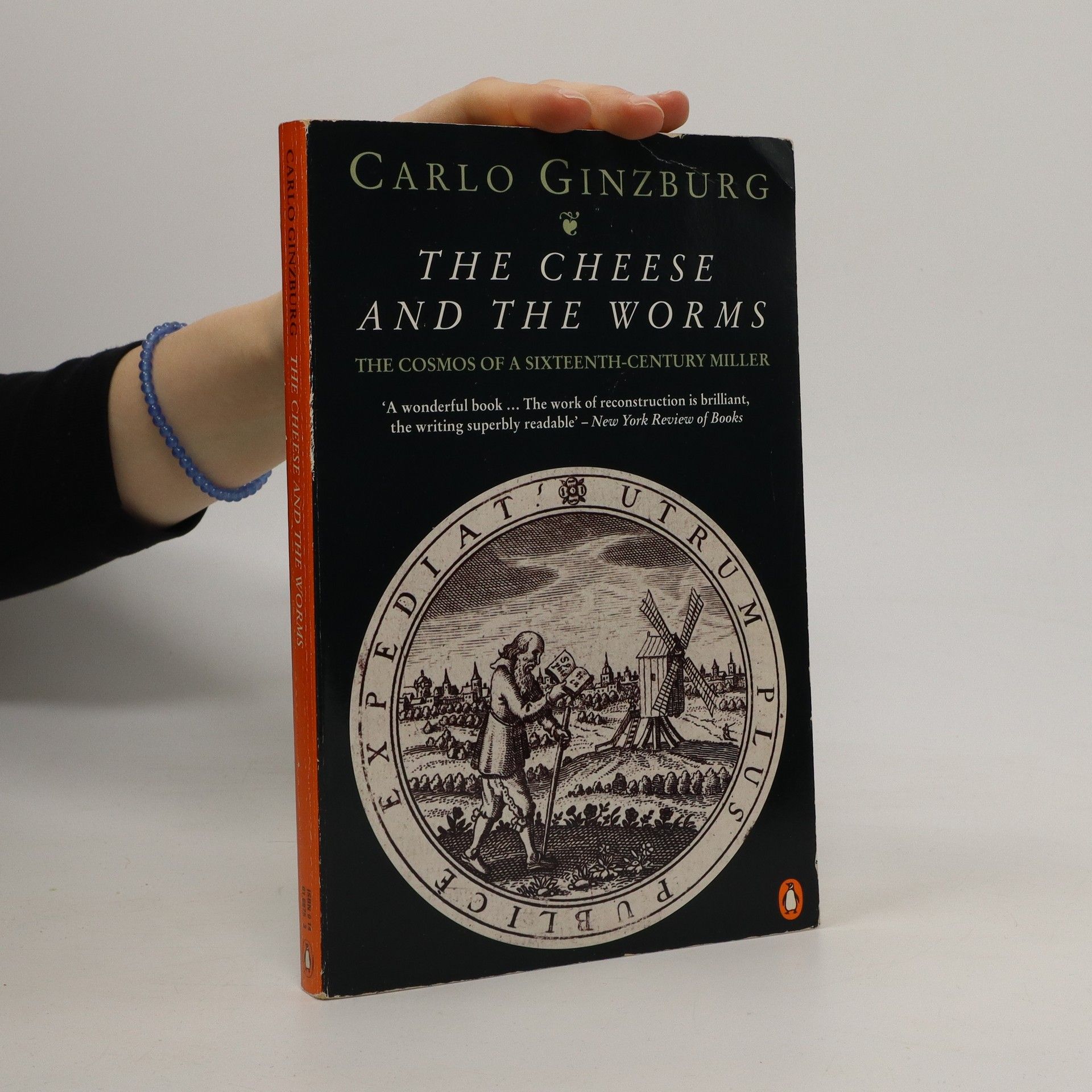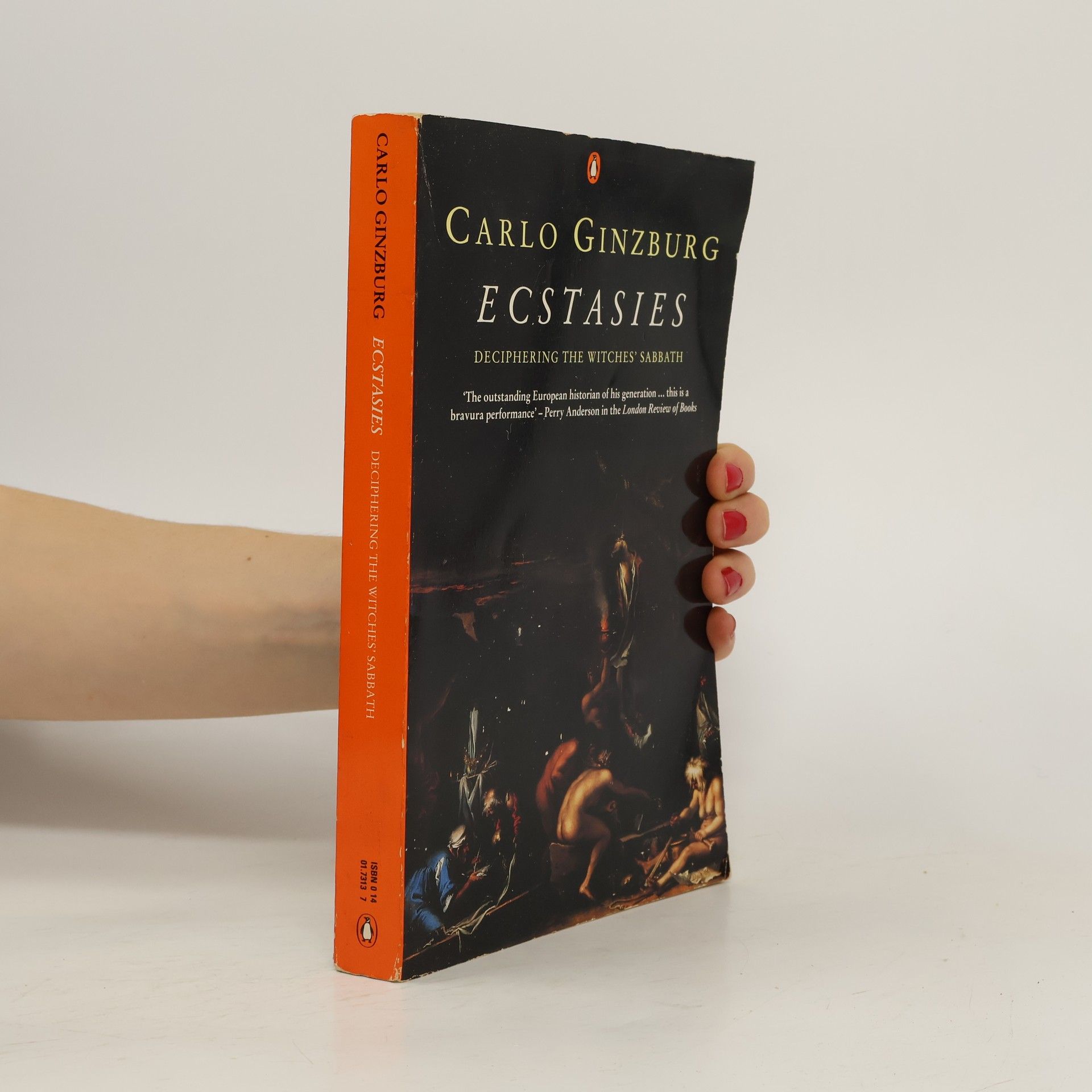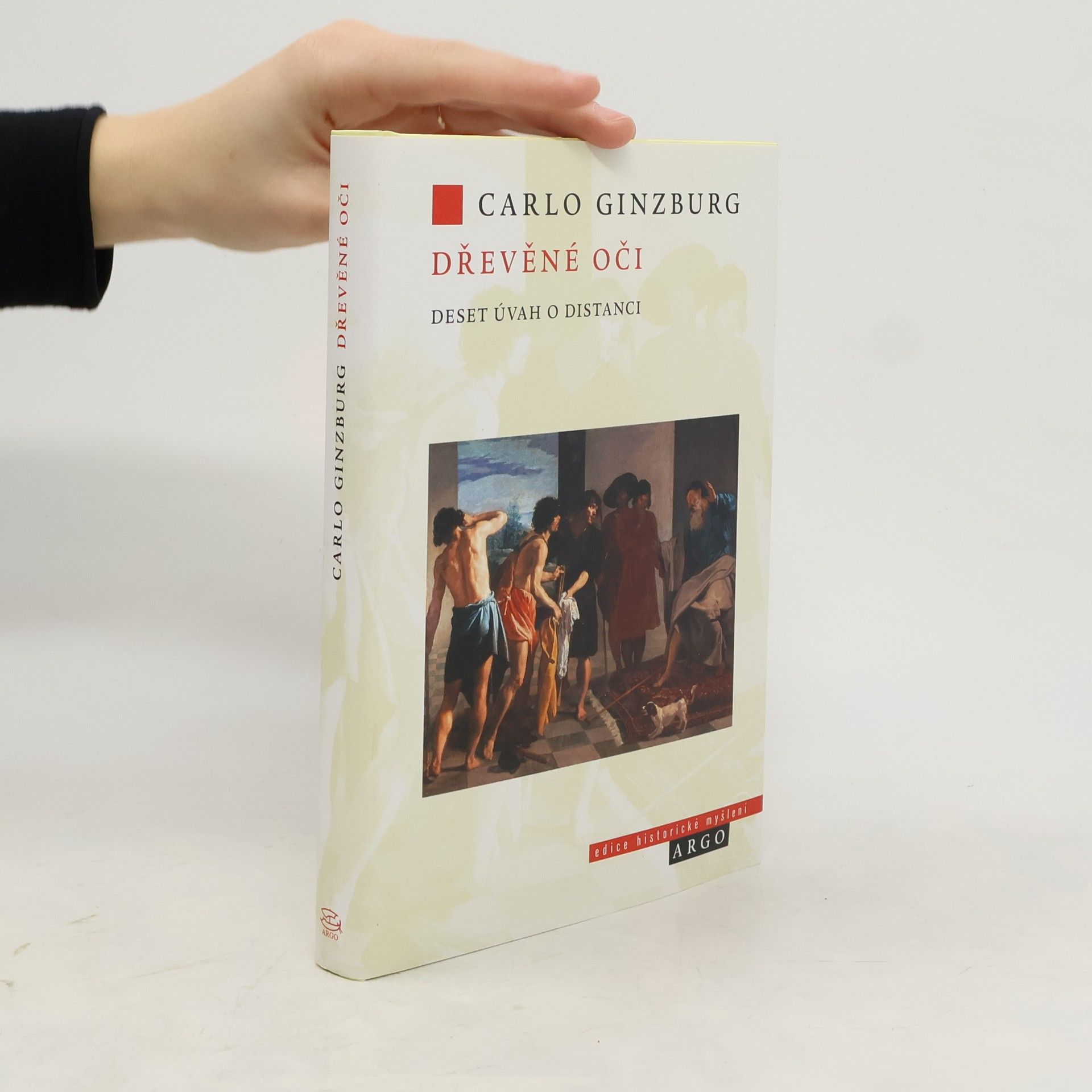Dřevěné oči
- 278 pages
- 10 hours of reading
Za podmanivým názvem knihy Dřevěné oči se skrývá deset esejů, které Carlo Ginzburg publikoval na přelomu druhého a třetího tisíciletí. Jejich společným jmenovatelem jsou dějiny umění, literární teorie a sémantika. Autor v nich pojednává témata biblická, antická, středověká i raně novověká, vztahy Židů, pohanů a křesťanů. Perspektiva jeho uvažování je nejen italská, ale i evropská, neboť si je vědom skutečnosti, že kultura není nikdy omezena na jedno teritorium, že není izolovaná, ba naopak, je vždy rozkročena nejen do minulosti, ale zároveň i do mnoha blízkých a vzdálených světů. V jednotlivých esejích Ginzburg pojednává o utváření kulturních tradic, jež během staletí podléhají radikálním změnám. V mnoha ohledech je Ginzburgovo myšlení provokativní. Mistrně poukazuje na stereotypy, jichž se jejich hlasatelé nedokáží zbavit, neboť si jich mnohdy nejsou vůbec vědomi. Spolu s tím klade důraz na nejrůznější podoby násilí, jež ovlivňují výchovu a z ní plynoucí omezování myšlenkové a kulturní svobody druhých. Oproti násilí staví intelektuální jedinečnost, jež s oním násilím v dějinách vedla a dodnes vede vyčerpávající, avšak společnost kulturně obohacují boj. Ginzburgovy eseje představují ponor do jeho badatelské dílny a odhalují podstatu jeho uvažování, jež se zrcadlí v jeho nejvýznamnějších monografických dílech, jež patří k prazákladu moderního dějepisectví. Vydání knihy podpořil Státní fond kultury České republiky.







